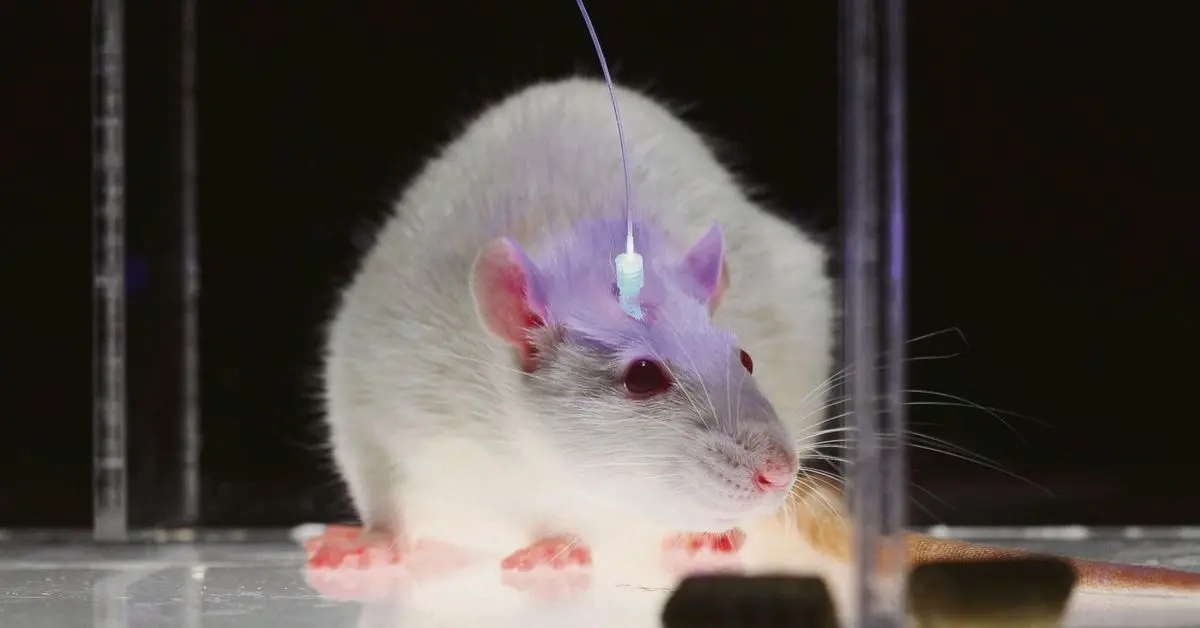How Scientists Are Reprogramming the Brain with Light

Optogenetics: The Future of Brain Science?
If I were to bet on a brain technology that might win a Nobel Prize, it would be optogenetics.
This technology uses light to control the brain by targeting specific neurons. It's a groundbreaking mix of neurobiology and engineering, allowing scientists to manipulate how brain cells activate or stay silent.
In just ten years, optogenetics has achieved remarkable breakthroughs. Scientists have used it to implant memories in mice, decode pain signals, reverse depression, restore some vision in blind mice, and even replace bad memories with good ones. It’s like creating a universal programming language for the brain.
However, optogenetics has two major challenges. First, it requires gene therapy to work. Second, it needs surgery to implant optical fibers into the brain to deliver light.
But there’s exciting news. Dr. Karl Deisseroth, a pioneer in optogenetics, and his team at Stanford University have made a big improvement. They’ve developed a new version of optogenetics that doesn’t require surgery. Instead, light can now shine through a mouse’s skull and still reach deep brain areas. Using this method, the team successfully controlled brain activity to reduce seizures and even made mice more social without invasive procedures.
How Optogenetics Works
To understand optogenetics, it helps to know a bit about how the brain functions.
Neurons communicate through electrical signals and chemical reactions. Each neuron has “doors,” or ion channels, that open when the neuron is stimulated. This creates an electrical signal that travels to other neurons, leading to thoughts, memories, or actions.
Optogenetics takes control of this process. Scientists use viruses to introduce a special protein called opsin, originally found in algae, into neurons. These opsins make neurons sensitive to specific light wavelengths. By shining light on these neurons, scientists can control their activity, essentially turning them on or off like a switch.
What’s more, scientists can target specific neurons—like those involved in memories, depression, or addiction—making optogenetics a highly precise tool.
Cutting the Cord
The main drawback of optogenetics has been the need for surgery to implant optical fibers. Deisseroth’s team aimed to eliminate this problem.
They used a new opsin called ChRmine, which is incredibly sensitive to light. Even weak light, such as that passing through the skull, can activate it. ChRmine also shuts off quickly, preventing overstimulation.
The team tested ChRmine by targeting the ventral tegmental area (VTA), a deep brain region linked to reward and addiction. Remarkably, they activated the VTA using light outside the skull, eliminating the need for implants.
They also experimented with dopamine neurons, which produce feelings of pleasure. Mice with light-sensitive dopamine neurons worked harder to press a lever that delivered light, showing the technology effectively stimulated pleasure pathways.
Another test targeted serotonin-producing neurons in the brainstem, which affect social behavior. The team found that light stimulation made normally indifferent mice more social, proving they could influence complex behaviors without surgery.
What’s Next?
While the idea of controlling behavior with light might sound unsettling, this research is still in its early stages. Currently, it’s only been tested on mice. Human brains are larger and more complex, making it much harder for light to penetrate deeply.
Moreover, humans would need gene therapy to make their neurons respond to light, which is a complicated and risky process.
Still, this breakthrough is a huge step forward. It could lead to non-invasive treatments for neurological conditions like depression, epilepsy, or addiction.
Though we’re far from using this technology in humans, the potential for optogenetics to revolutionize brain science and medicine is undeniable.
Thanks for visiting Our Secret House. Create your free account or donate by signing up to never miss any news!





